Name Gaetano Pesce | Role Architect | |
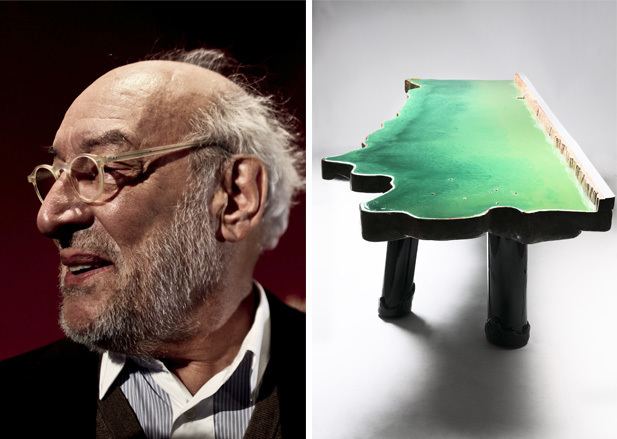 | ||
Education Ca' Foscari University of Venice | ||
For her interview with gaetano pesce
Gaetano Pesce (born 8 November 1939) is an Italian architect and a leading figure in contemporary industrial design. Mr. Pesce was born in La Spezia in 1939, and he grew up in Padua and Florence. During his 50-year career, Mr. Pesce has worked as an architect, urban planner, and industrial designer. His outlook is considered broad and humanistic, and his work is characterized by an inventive use of color and materials, asserting connections between the individual and society, through art, architecture, and design.
Contents
- For her interview with gaetano pesce
- Gaetano pesce time diversity provocation interview by letizia airos
- Architecture career
- Architecture Projects selected
- Industrial Design
- Gallery and museum exhibitions
- Solo Exhibitions
- Group Exhibitions and programs
- Academic experience
- Professional Recognition
- References
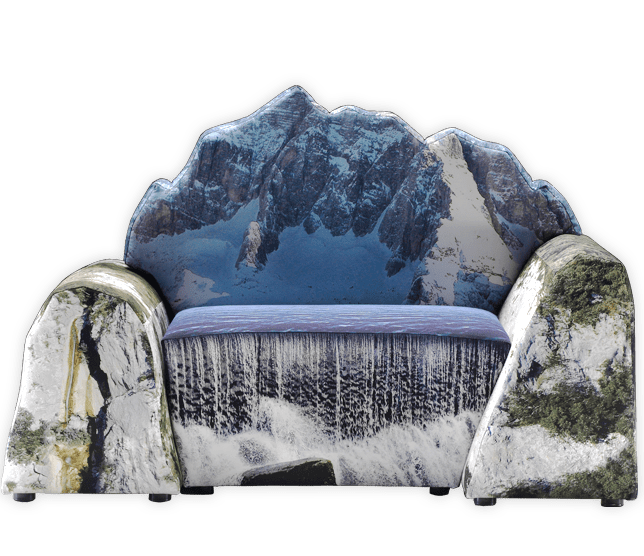
Gaetano pesce time diversity provocation interview by letizia airos
Architecture career
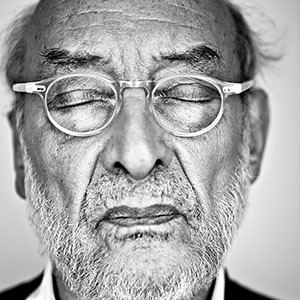
Mr. Pesce studied architecture at the University of Venice, with such notable teachers as Carlo Scarpa and Ernesto Rogers. Between 1958 and 1963, Mr. Pesce participated in Gruppo N, an early collective concerned with programmed art patterned after the Bauhaus. Since the 1960s, Gaetano Pesce has been known to relate art to the design of interiors, products, and architecture. The New York Times critic Herbert Muschamp described Mr. Pesce as "the architectural equivalent of a brainstorm." Pesce's well known work includes Organic Building in Osaka, Japan, a Landmark vertical garden building designed to concealing a complex, computer-controlled hydration system to sustain plant growth, and the interior architecture of the Chiat/Day offices, an early workplace village modeled after urban life. Among Mr. Pesce's architecture achievements are Les Halles ACIH (1979) and Parc de la Villette (1985), Paris, France, a complex of forms shaped like a running child.
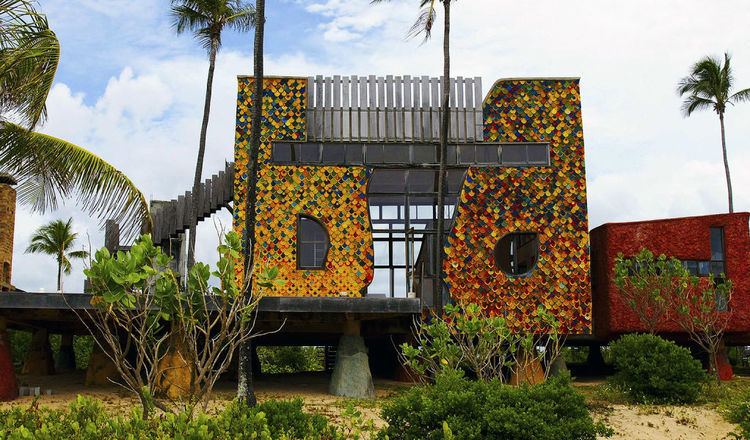
Mr. Pesce's prototypical three-dimensional models and architectural drawings are held in the permanent museum collections of MoMA, Metropolitan Museum of Art, and the Cooper-Hewitt Smithsonian Design Museum in New York City; the Philadelphia Museum of Art,PA; San Francisco Museum of Art, California; Victoria and Albert Museum, London; Vitra Design Museum, Germany; Danish Museum of Art & Design, Copenhagen; Centre Pompidou and Musée des Arts Décoratifs, Paris, France, and the Triennale Museum, Milan, Italy.
Architecture Projects, selected
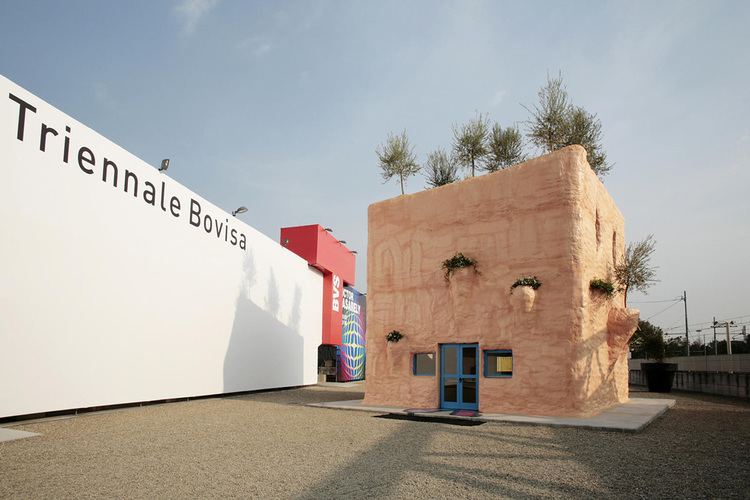
Industrial Design
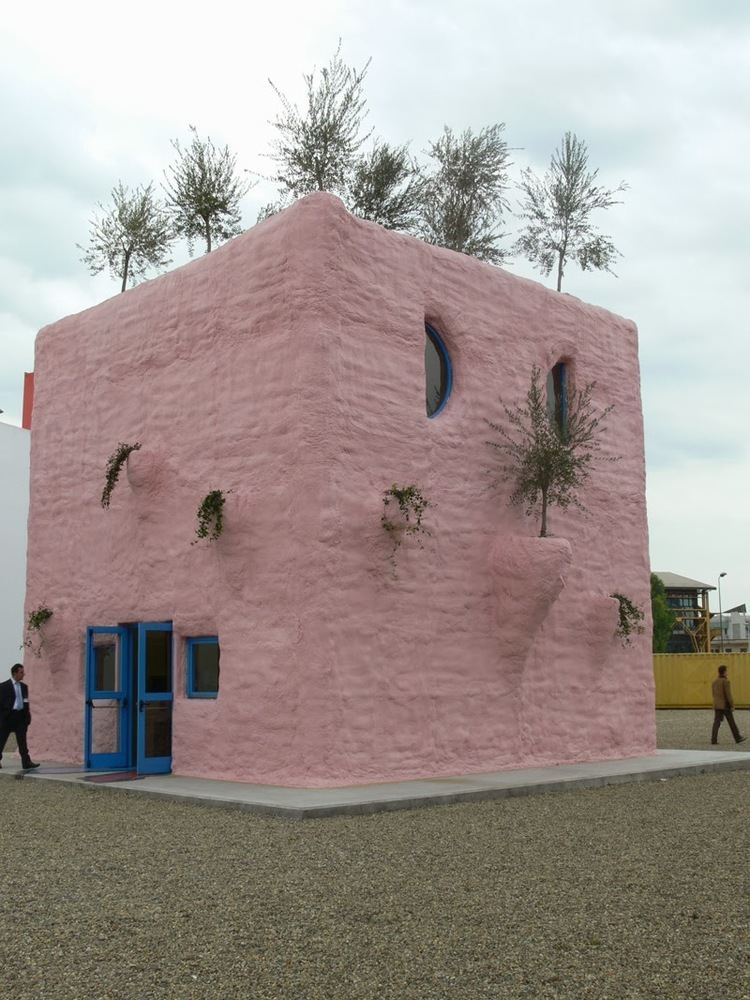
Since the 1960s, Mr. Pesce has researched the function and form of utilitarian and decorative objects, including furniture, jewelry, and shoes, from the perspective of human emotion, environment, and production. Mr. Pesce is known for innovative high-minded modern design with wit and style. Mr. Pesce has challenged accepted standards of abstraction, uniformity, and homogeneity. Architecture and design critic Susan Slesin wrote, "For Gaetano Pesce, to be modern is to face the world squarely and use design as a means to comment on it. Mr. Pesce has expanded established notions of Modernism through the creation functional, imperfect, and warm product design. He is known to connect art and society to design through organic forms, for production by B&B Italia (formerly C & B Italia), Vitra, Cassina, as well as his fabric design People (1987), of 570 different figures, all of which incorporate ideas about variation and diversity in contemporary society.
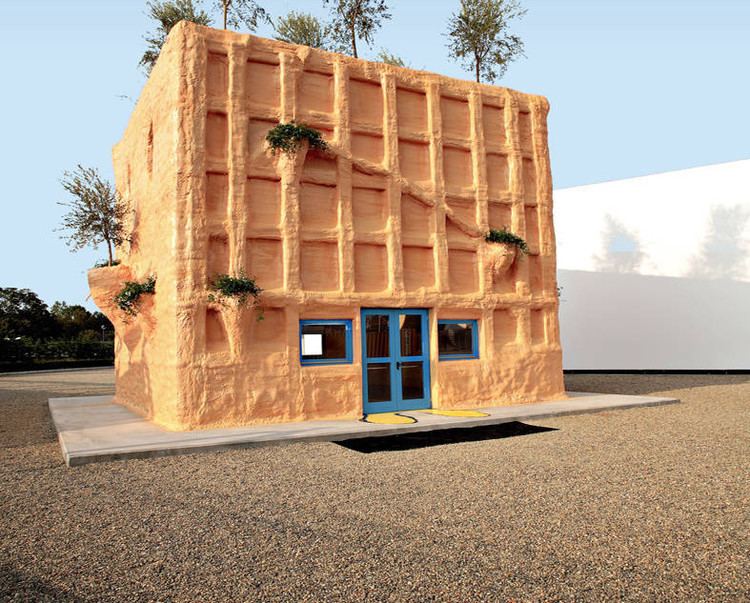
For Mr. Pesce, the design and development of portable goods has always incorporated craft-specialization, history, humor, and the human need for connection. Mr. Pesce's industrial design techniques such asdiversified series production are processes by which he has experimented with materials using a craft manufacturing sensibility applied to mass production methodology. On the production line, for example, factory workers vary proportions to produce a series of objects with a "one of a kind" quality.

Since 1987, Mr. Pesce has experimented infusing ordinary materials with experimental additives, such as liquid plant resin, to simplify the manufacturing processes to adapt to limited industrial capabilities. Furthermore, socio-political messaging is sometimes found in the objects, such as the Nobody's Perfect (2002) chair, and a 2010 series of 60 distinct, irregularly shaped tables, for Cassina, which together form the recognizable shape of a boot shape to commemorate the 150th anniversary of the Unification of Italy.
Decades of Mr. Pesce's designed objects in galleries and museums ascribe the work to the realm of functional art. In 2014, Mr. Pesce's work was presented in a retrospective exhibition The Time of Diversity at the MAXXI, National Museum of the 21st Century Arts, Rome. The show charted the artfulness of Pesce's product design from the 1960s to the present.
Gallery and museum exhibitions
Mr. Pesce's architecture and design has been published, exhibited, and collected internationally and included in the permanent collections of museums around the world.
Solo Exhibitions
Group Exhibitions and programs
Academic experience
For 28 years, Mr. Pesce taught architectural design at the Institut National des Sciences Appliquées (INSA) (National Institute of Applied Sciences), Strasbourg, France; Domus Academy, Milan, Italy; City University of Hong Kong, China; Escola da Cidade, (AEAUSP), (Architectural School of São Paulo), Brazil; Carnegie Mellon, Pittsburgh, Pennsylvania; Ohio State University, Columbus, Ohio; and in New York, since 1980, at the Cooper Union.
